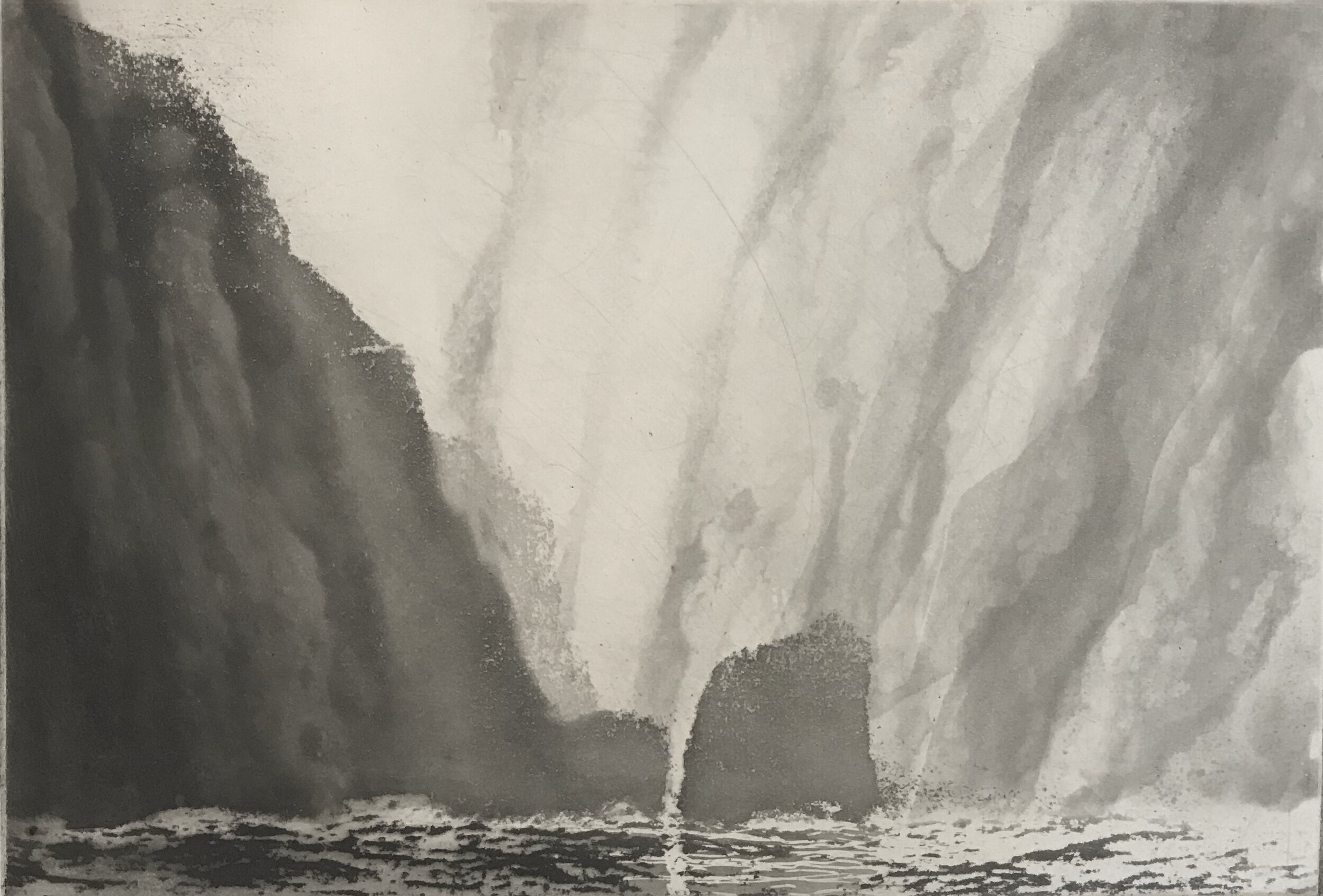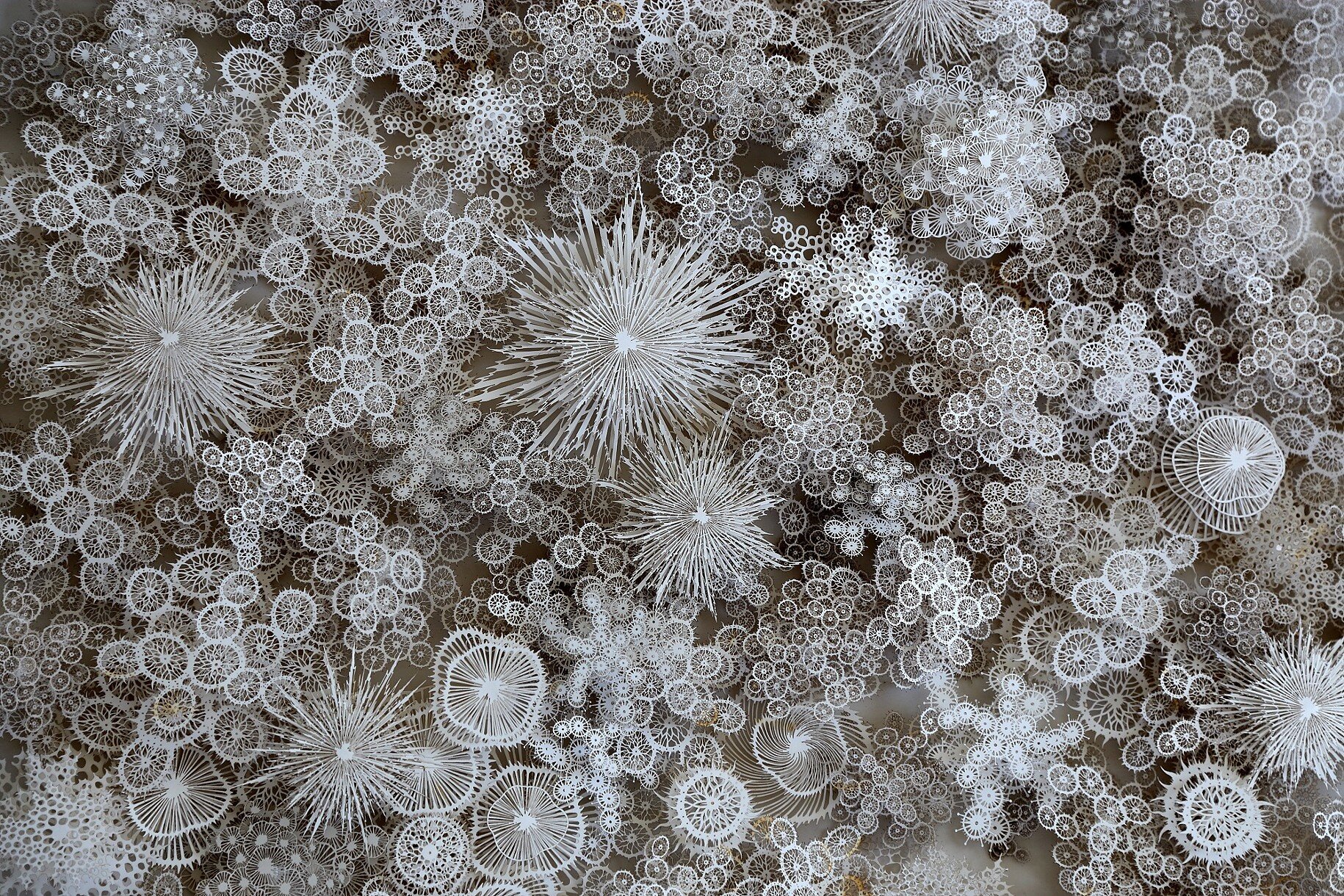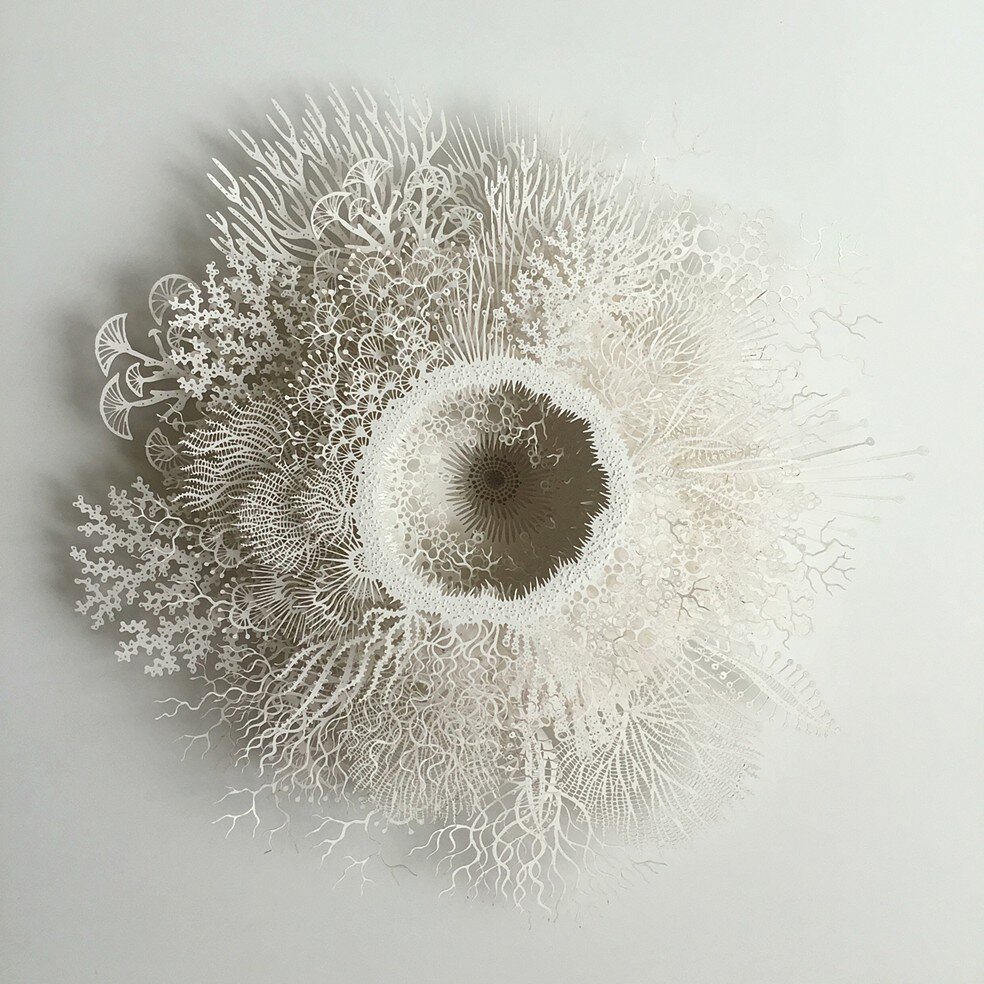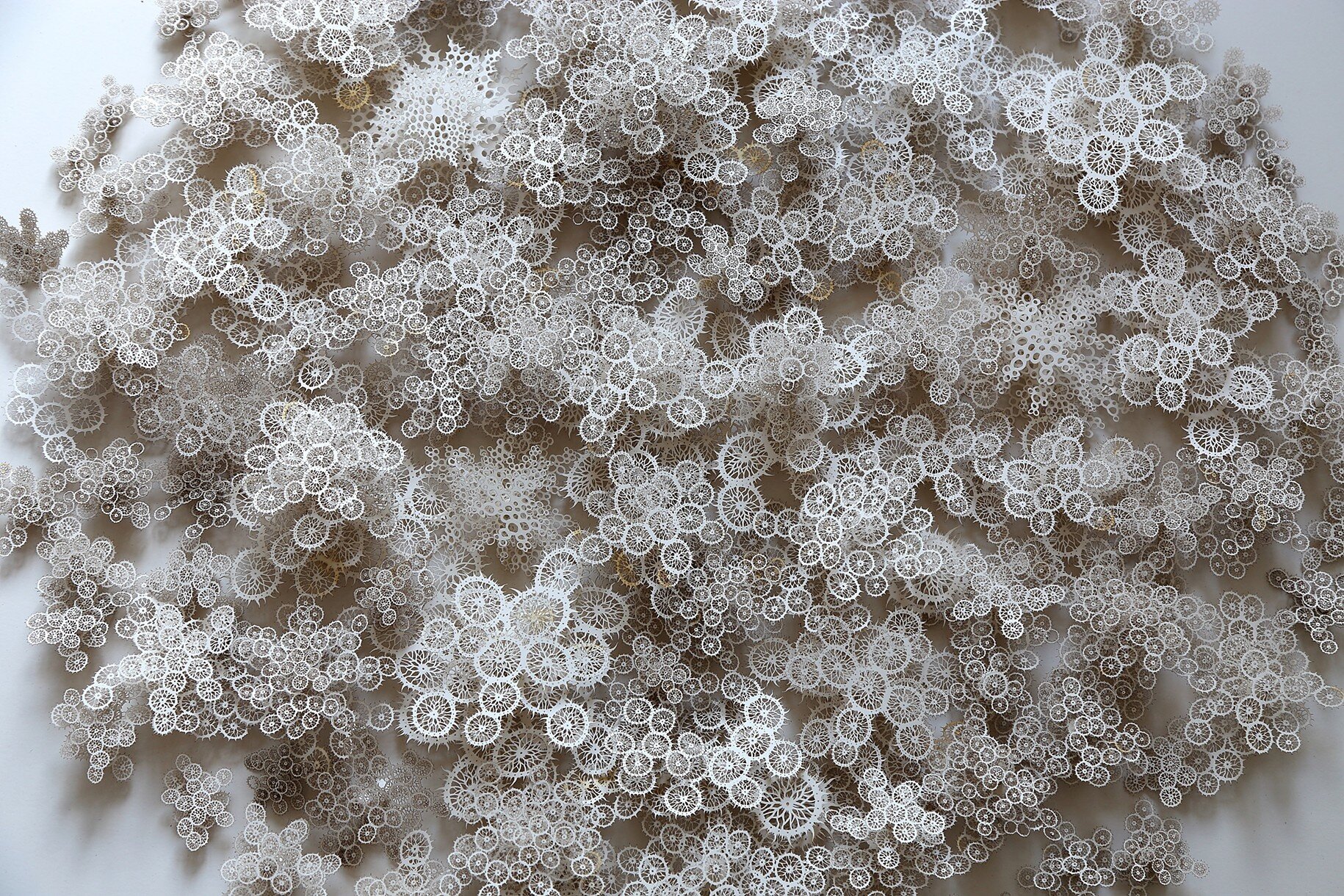“Miles of close wells and pits of houses, where the inhabitants gasped for air, stretched far away towards every point of the compass, through the heart of the town a deadly sewer ebbed and flowed, in the place of a fine fresh river.” Charles Dickens, Little Dorrit, 1857
For many years, London, which in 1801 had a population approaching 1 million, had struggled with the system of sewage disposal inherited from medieval times. Cesspools were emptied by nightsoilmen, who sold the contents to farmers just outside the city. Public sewers in and beneath the streets were intended for the disposal of rainwater, although garbage, including butcher’s offal, was surreptitiously dumped in them and the kennels, as had been observed during the reign of Edward III.
Nevertheless the Thames was a reasonably clean river and salmon – the litmus test of water quality – were still being caught in the first decades of the 19th century. But three factors now combined to interrupt these arrangements. First, London grew and the countryside moved farther away. Moorfields and Spitalfields ceased to be fields by the end of the 18th century, so the nightsoilmen had to carry their sewage a greater distance. Secondly, from 1847, a more effective fertilizer became available in the form of guano (solidified bird droppings), imported from islands off the coast of Chile. The Gibbs family used the enormous fortune they earned from the trade to built Tyntesfield, now a National Trust property in Somerset. The nightsoilmen struggled to compete.
But the most decisive factor was the introduction of the water closet, invented by Sir John Harington. In 1775 a patent was registered by a Bond Street watchmaker named Alexander Cummings (1773-1814) for improved version of Harington’s device. In 1778, a Yorkshire-born carpenter and inventor called Joseph Bramah (1748-1814) was asked to install one of the closets in a private home and realised that he could improve the design further and simplify the process by which its components were manufactured. He patented his version of the WC and started to make them in large quantities. He made and sold over 6,000 closets by 1797 and his company continued to flourish until 1890.
A Victorian businessman called Thomas Crapper (1836-1910) started a competitive business in 1861 and nine years later opened a showroom to display his wares, which were advertised under the slogan ‘A certain flush with every pull’. The business continued to operate from 120 King’s Road, Chelsea until 1966 and still trades, dealing in sanitary fittings online. The products were of high quality, with many still in use – for example at a public house called The Parcel Yard adjacent to the Harry Potter Platform 9¾ at London’s King’s Cross Station. In 1849, Thomas Twyford (1849-1921) opened a factory for the production of sanitary ware in Stoke-on-Trent and in 1883 began to manufacture the ‘Unitas’ ceramic closet for export to the world. To this day the word ‘unitas’ in Russian means ‘toilet’. The WC was one of Britain’s greatest gifts to civilization.
But the greatest ingenuity of all was shown by George Jennings (1810-82), who was born in Hampshire and joined the plumbing business of his uncle in Southampton. He is remembered for his enterprise in installing WCs in the Crystal Palace, which housed the Great Exhibition of 1851. Some 827,000 people used these conveniences, many experiencing them for the first time, and each paying one penny for the privilege. This gave us the expression ‘spend a penny’ and effectively drew attention to the advantages of the devices. But water closets have one major disadvantage when used in conjunction with cesspools. When flushed, they discharged a small amount of faeces and urine, potential fertilizer, and 8 litres (2 gallons) or more of water, rapidly filling the cesspools with liquid that farmers did not wish to buy and which leaked.
It was these conditions, to which Michael Faraday drew attention in 1855, that led to the creation of the Metropolitan Board of Works who began work the following year. The board replaced a multitude of parish vestries, liberties, commissions and similar bodies that had come into existence over centuries. Their aims had been twofold: to spend as little ratepayer’s money as they could and to despatch their sewage to the adjacent parish as quickly as possible. Sizes and shapes of sewers were not coordinated and the arrangement was particularly unfortunate for those parishes that were situated in the low-lying parts of London, close to the Thames, where everyone’s waste accumulated before entering the river. The Metropolitan Board of Works was the first body established for London as a whole, with authority to construct roads, bridges and parks but above all street drains and intercepting sewers or ‘collectors’.
In 1856 Joseph Bazalgette was appointed Chief Engineer to the Metropolican Board of Works. He was born in England, but was descended fro a French grandfather who had arrived in England in 1770s. He learned engineering, as most did at those times, be being an articled pupil, in his case to Sir John MacNeill (1793-1880) who gave him his first experience of draining by employing him on land drainage schemes in Northern Ireland. He also worked on railway proposals, which gave him experience in dealing with politicians and he came a member of the Institution of Civil Engineers in 1838. When applying for the post of the Metropolitan Board’s chief engineer, his referees were Robert Stephenson (1803-59), designer of The Rocket, and Isambard Kingdom Brunel (1806-59).
Bazalgette’s was not the first such appointment. In May 1847, James Newlands (1813-71) had been appointed as the first borough engineer in Britain to prepare a comprehensive sewerage plan for the troubled, disease-ridden city of Liverpool, whose population had been swelled by impoverished Irish fleeing the potato famine and who were living in conditions of inconceivable squalor, in flooded cellars without sanitation. Liverpool was at that time the most populous city in Britain beyond London, with a population of 400,000. The appointment of Newlands had been preceded, in January of the same year, by the appointment of Dr William Henry Duncan (1805-63) as Britain’s first Medical Officer of Health. Together, the two men campaigned, with eventual success, for the construction of sewers and clearance of cellars, which meant that when cholera returned to Britain in 1854, its effects were far less virulent than previous epidemics. Newlands has a claim to have been the first engineer to introduce egg-shaped sewers (sometimes referred to as ‘English sewers’), designed to concentrate the liquid in a narrow channel during times of low flow levels. This speeds the movement of the water and the solids it carries, though even the Cloaca Maxima, the ancestor of all large sewers, was higher than it was wide. During the Crimea War, James Newlands was sent to the Crimea as Sanitary Commissioner, earning from Florence Nightingale the accolade: ‘Truly I may say that to us sanitary salvation came from Liverpool.’ Dr Duncan is remembered in Liverpool by a pub named ‘Dr Duncan’ in his honour in the city centre and a special brew called ‘Dr Duncan’s IPA’.
Bazalgette set to work without delay. He new the task ahead of him, as he had previously been employed by one of the commissions that had done some preparatory work and and built some new street sewers. By June 1856, he was able to submit his plans, a system of intercepting sewers running parallel to the river. On the north side of the river, he proposed that the sewage was taken mostly by gravity to Abbey Mills, near West Ham, before being lifted by huge pumping engines into outfall sewers that took it on to Beckton in Essex for discharge at high tide. On the south side it would taken to Crossness, in Kent, where the largest beam engines ever built could lift it into reservoirs where it was discharged into the river before beginning its voyage to the North Sea.
This is an extract from An Underground Guide to Sewers by Stephen Halliday, published by Thames & Hudson (2019). The book explores the history of sewer networks that lie beneath the world’s greatest cities, and includes archival plans, maps and photographs of these subterranean labyrinths.




























